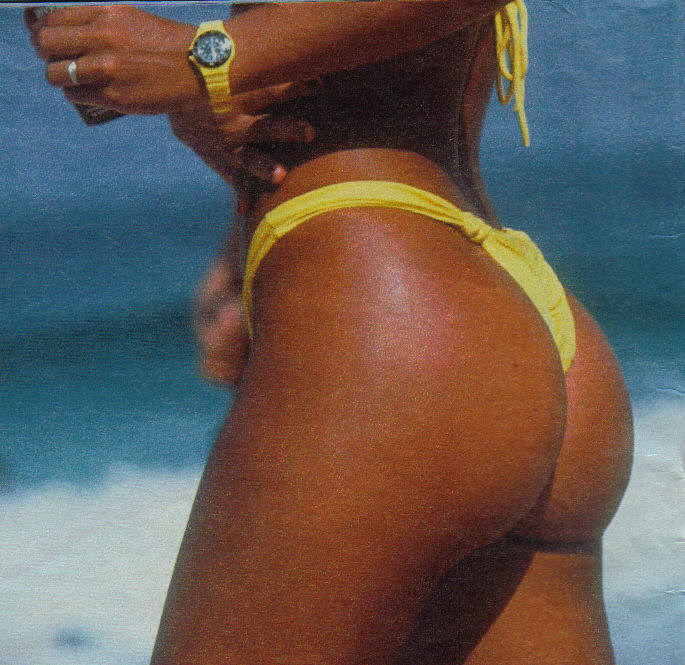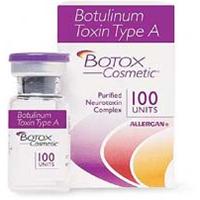
London: 1,500 cosmetic treatments are carried out in Britain every day by women and men aspiring to a new notion of beauty
577,000 cosmetic operations and treatments were carried out in Britain in 2007. Cosmetic fillers and other non-invasive treatments have had the biggest increases, accounting for 472,000 of the total -that’s nearly 1,300 a day.
As non-invasive procedures like cosmetic fillers start to make injections a gentler experience, many women are simply thinking ‘why not?’ The UK launch of Juvéderm® ULTRA range, the first cosmetic filler with anaesthetic, heralds things to come as for many people, the idea of being injected was the one thing holding them back.
Yet it is not just medical progress that is the catalyst for the increase in cosmetic treatments. An international study confirms that women are attempting to capture a new notion of beauty. The global survey, commissioned by Allergan, revealed that women do not want to remove all traces of aging and look ‘perfect’, choosing instead to reduce some specific wrinkles, like frown lines. It also found that UK women are literally under the most pressure in the world to look good. 59% felt there is increasingly more pressure on them to look more attractive compared to 48% of US women and 30% of traditionally glamorous Italians.
The ever-growing pressure on women to meet all expectations while looking effortlessly, naturally beautiful means the beauty ideal is no longer defined by the need to look perfect. That’s why stars with ‘natural’ beauty like Gwyneth Paltrow and Nicole Kidman have topped the ‘natural look’ list for both men and women. In fact anti-aging creams are now something that 1 in 10 men in the UK would consider as part of their grooming routine.
For more information on Juvéderm® visit www.allerganbeauty.co.uk

